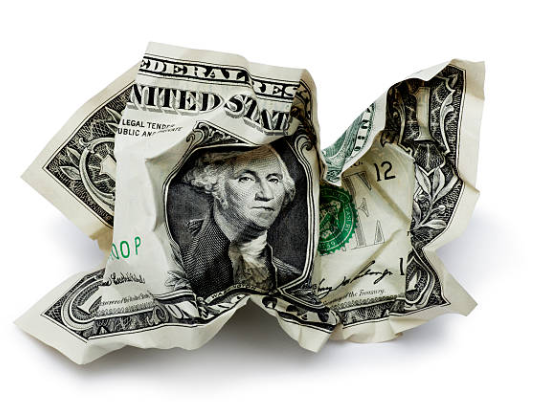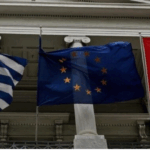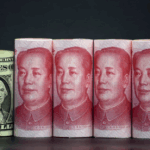Summary by Geopolist | Istanbul Center for Geopolitics:
In the past few months, U.S. President Donald Trump has reignited chaos on multiple fronts. From threatening the European Union with sky-high trade tariffs to targeting Harvard University in a political spat over immigration, he’s not just playing tough politics—he’s chipping away at the foundations of America’s global economic power. The most immediate casualty? Confidence in the U.S. dollar.
Picking Fights Abroad and at Home
Trump’s impatience is showing again. After failing to strike a quick diplomatic win on Russia and Ukraine, he’s now turning to more vulnerable targets. He’s floated a 50% tariff on all EU goods—only to delay it just days later. His reasoning? The EU isn’t moving fast enough for his taste.
But the EU isn’t a soft target. Its negotiators are seasoned and patient. They won’t fold under pressure just to hand Trump a PR win. And any serious trade war with Europe would backfire badly. American companies depend heavily on EU markets—not just for goods but also for services, especially tech. If Trump follows through, the EU will strike back, likely hitting the very industries America needs to stay competitive.
Undermining America’s Brainpower
On the home front, Trump’s feud with Harvard isn’t just a symbolic gesture—it’s dangerous. By blocking foreign students from enrolling (many of whom pay full tuition), his administration is directly attacking the financial health of one of the world’s most prestigious universities. But it’s not just about Harvard. It’s about what places like Harvard represent.
Boston—home to Harvard, MIT, and countless startups—is a powerhouse of American innovation. It’s a region that bounced back from industrial decline thanks to its universities. Now, Trump’s policies threaten to unravel that success. If international students and researchers stop coming to the U.S., the ripple effects will be enormous: fewer start-ups, fewer patents, fewer breakthroughs. It’s a short-sighted attack on one of America’s strongest economic engines.
What This Means for the Dollar
All of this is hitting the U.S. dollar in ways that go deeper than market noise. The dollar isn’t just paper—it’s trust. And that trust rests on America’s political stability, economic leadership, and the strength of its institutions. Trump is chipping away at all three.
Yes, in the short term, the dollar might get a bounce here or there. But when you zoom out, the picture is troubling. Investors and governments around the world are starting to ask: Can the U.S. still be trusted to lead? Can it still offer the stability that made the dollar the world’s reserve currency? Increasingly, the answer is: maybe not.
America’s Strength Comes from Openness, Not Walls
Trump’s demand that companies move factories back to the U.S. might sound patriotic—but it’s rooted in a narrow, outdated vision of the economy. Manufacturing has changed. Innovation and high-skilled services—not just factories—are the real drivers of growth today. And those industries thrive on openness: to ideas, talent, and global markets.
By threatening to wall off the economy, cut ties with allies, and block the flow of bright minds into the U.S., Trump is not making America great again. He’s making it smaller, weaker, and more isolated.
A Fork in the Road
The warning signs are clear. The dollar is wobbling. Innovation hubs are under pressure. Long-standing global relationships are fraying. But it’s not too late.
If American leaders—on both sides of the aisle—can step back from partisan battles and recognize the value of what has made the U.S. strong, there’s still time to reverse course. That means supporting higher education, welcoming global talent, respecting alliances, and providing economic stability. Because if the U.S. walks away from those things, it’s not just the dollar that will suffer—it’s the country’s future.
Read more here.







